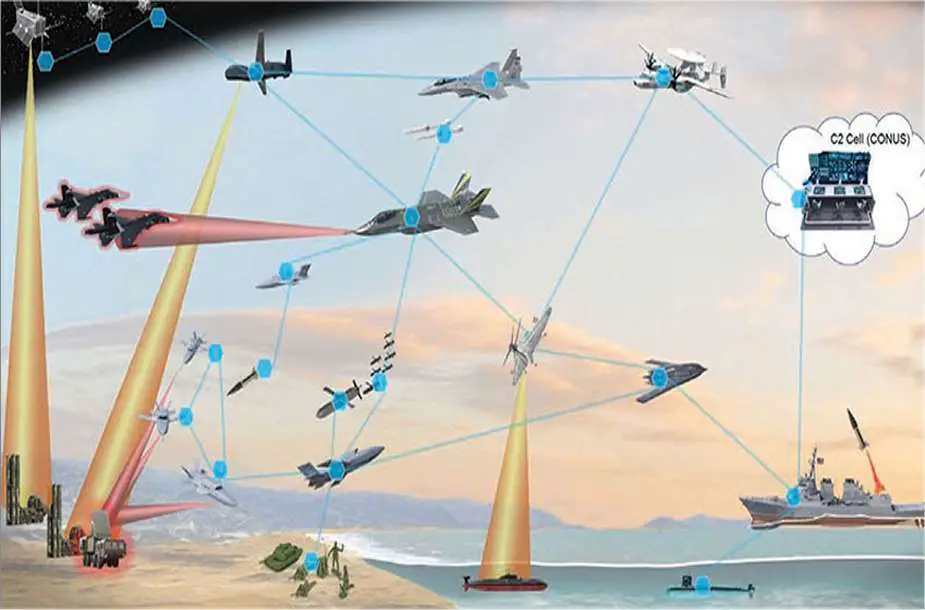Breaking news
US Military tests ASTARTE system for rapid tactical execution in congested battlefield.
The 805th Combat Training Squadron of the U.S. Air Force, also known as the Shadow Operations Center-Nellis (ShOC-N), in collaboration with the U.S. Army's Mission Command Laboratory and the Defense Advanced Research Projects Agency (DARPA), recently conducted joint experiments on the ASTARTE system (Air Space Total Awareness for Rapid Tactical Execution). This initiative aims to revolutionize joint airspace management and joint fire capabilities.
Follow Army Recognition on Google News at this link

Advanced low-cost sensors, AI algorithms, and virtual technology to enable a common operational picture as part of ASTARTE (Picture source: DARPA)
The ShOC-N, the Air Force's main combat and control laboratory, focuses on the development and maturation of technologies designed to accelerate the "kill chain" for joint and coalition forces. The ASTARTE program, sponsored by both the Army and the Air Force, aims to streamline operations in the airspace and avoid conflicts in congested combat environments.
The airspace above future battlefields is expected to be increasingly congested with large numbers of unmanned aerial systems, manned aircraft, munitions, and missiles filling the skies. To de-conflict airspace activities of friendly forces and rapidly counter an enemy's actions on the battlefield requires new technologies to effectively integrate effects from all domains.
Developed by Raytheon Corporation, the ASTARTE system uses artificial intelligence to provide a real-time operational picture of the airspace above an Army division. This significantly reduces the time required to execute time-sensitive joint fires. The modular design of the ASTARTE software allows seamless integration into existing command and control systems of the Army and the Air Force.
During the experiment, Army and Air Force personnel simulated a Joint Air-Ground Integration Center (JAGIC) at the division level. They evaluated the ASTARTE system using both live data from the Air Force's Red Flag exercise and simulated data produced by the ShOC-N. The event served as a critical opportunity to assess ASTARTE as a decision aid that could complement or potentially replace existing command and control systems.
Joint forces tested ASTARTE in various combat scenarios to assess its ability to synthesize multiple data streams into a unified operational picture. The system also provided tactical recommendations to improve joint fires. "The actors reported a better understanding of how the ASTARTE system performs tasks," said Dr. Mary Schurgot, head of the ASTARTE program within DARPA's Office of Strategic Technology.
The program's goal is to enable efficient and effective airspace operations and de-confliction in a highly congested future battlespace. This capability is especially critical for implementing DARPA's Mosaic Warfare concept, which calls for seamless coordination across a complex web of aerial, ground, and sea nodes providing firepower and other effects to overwhelm an adversary.























